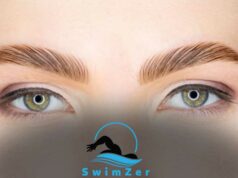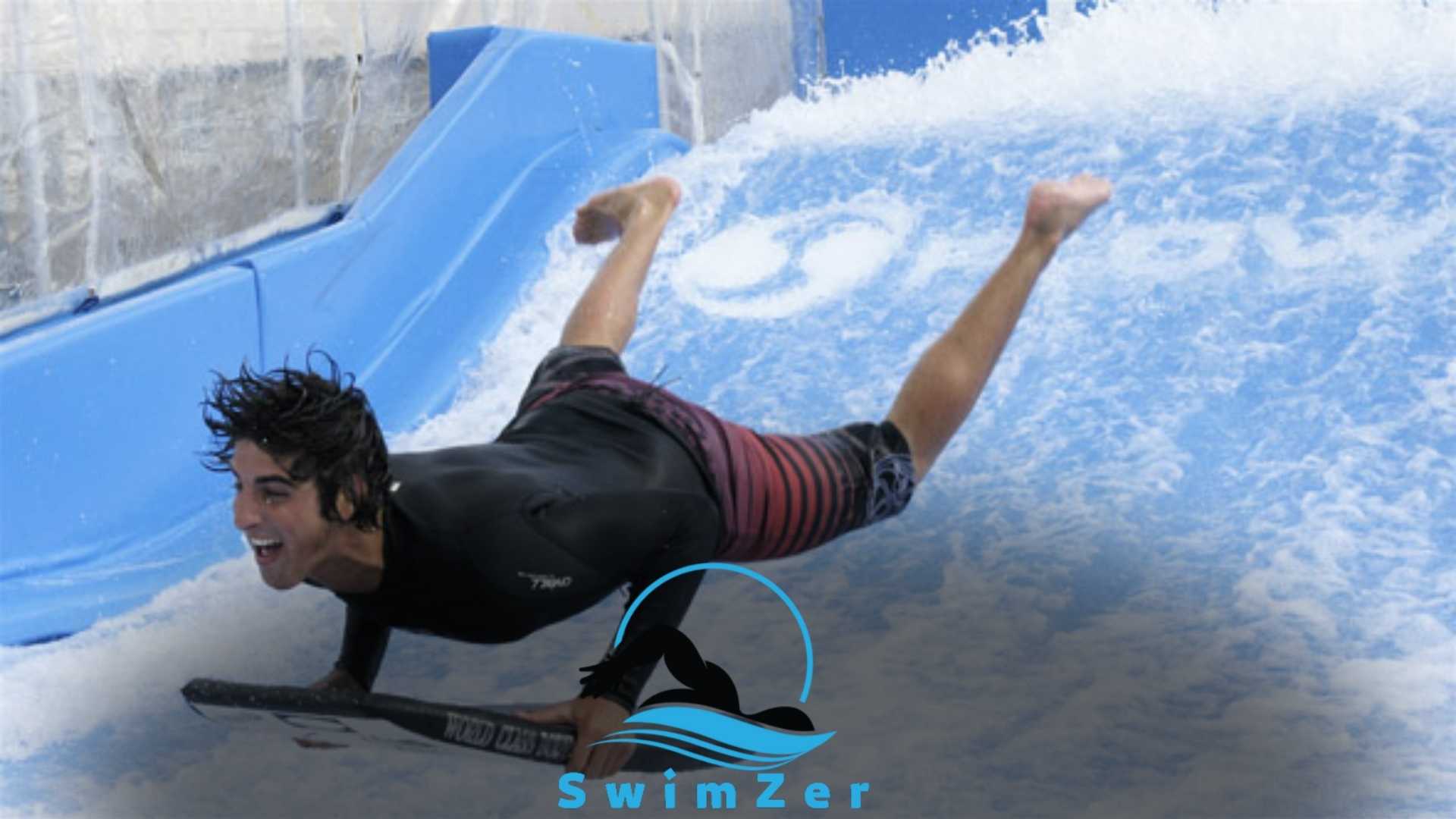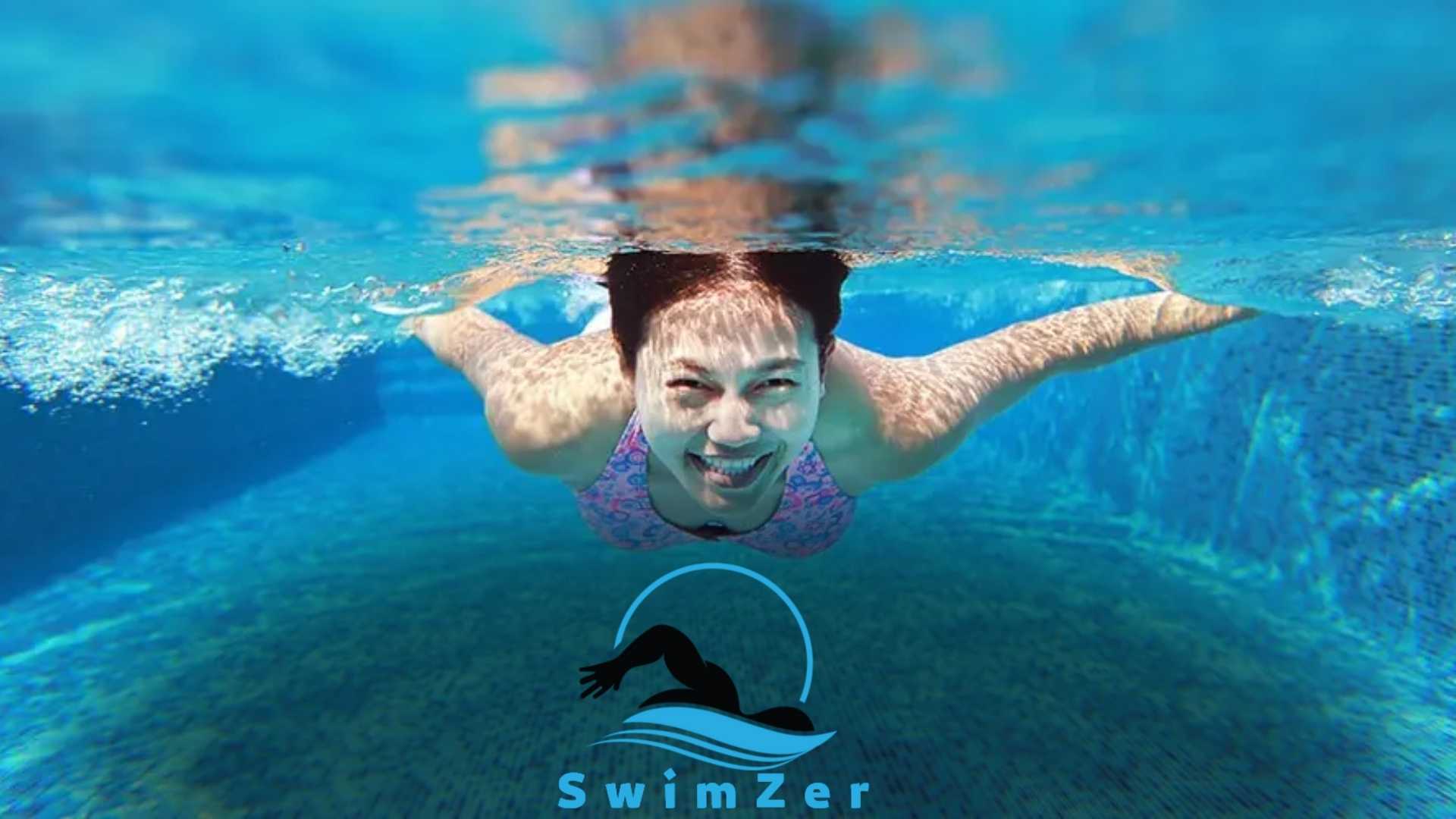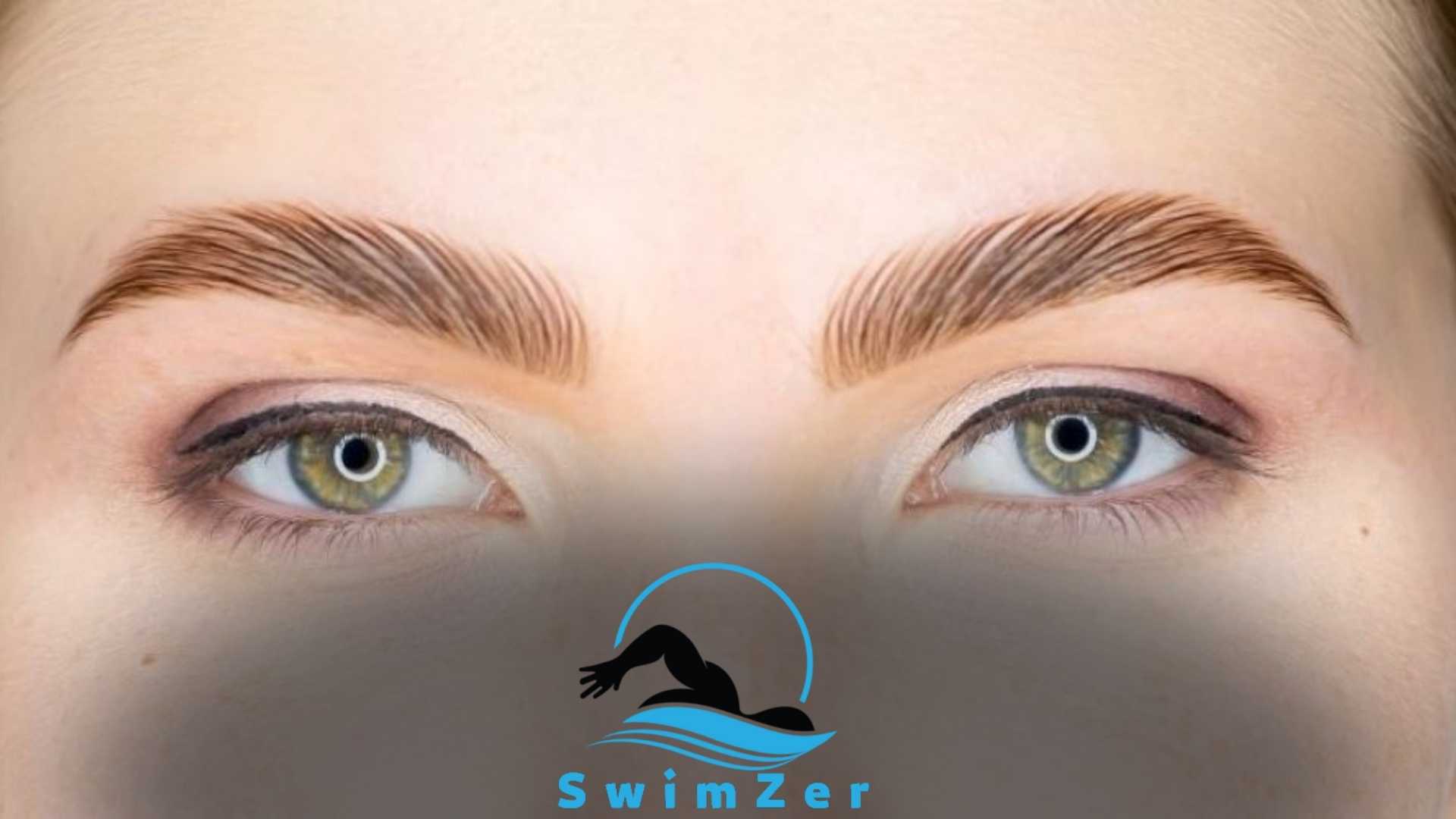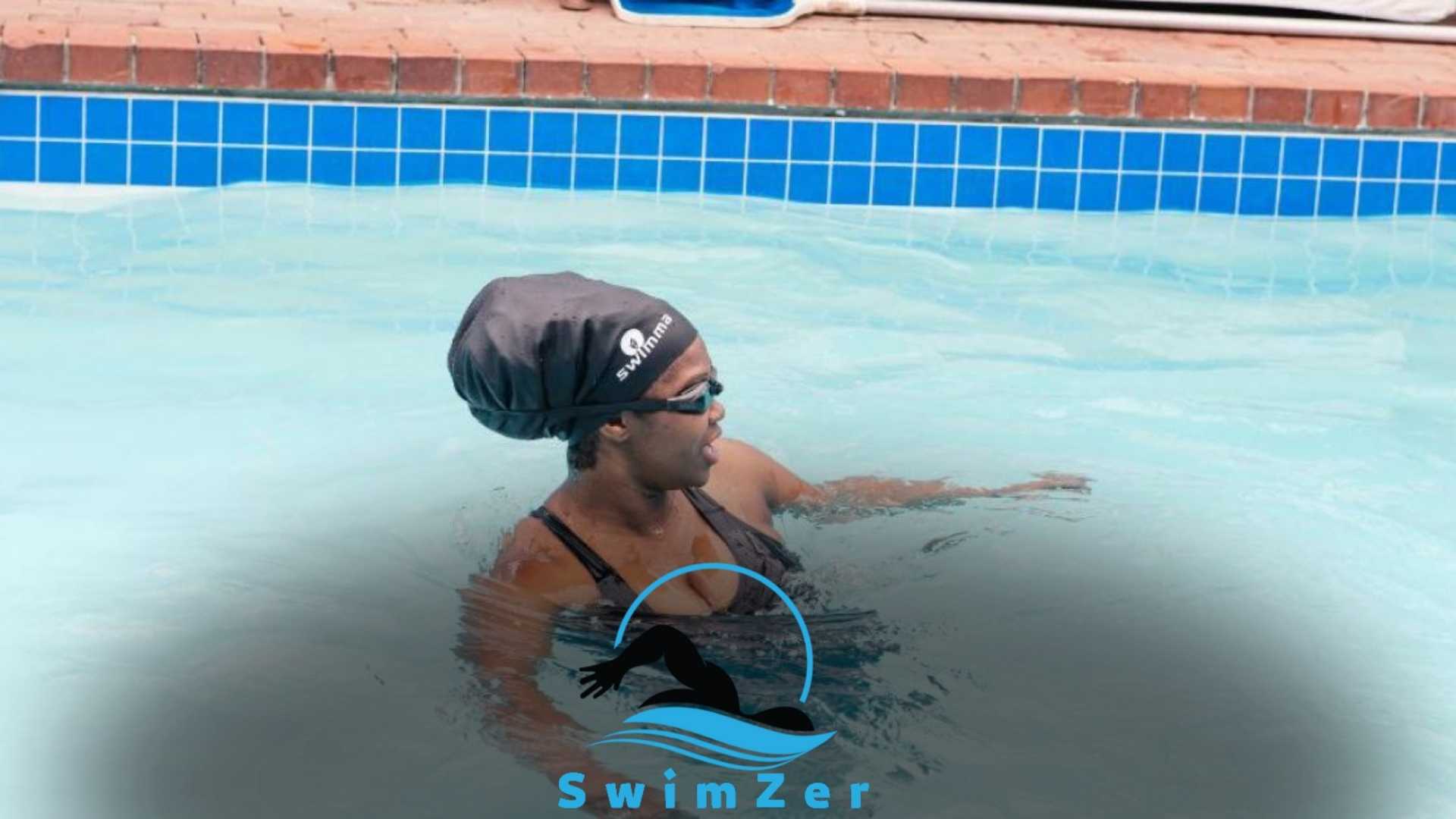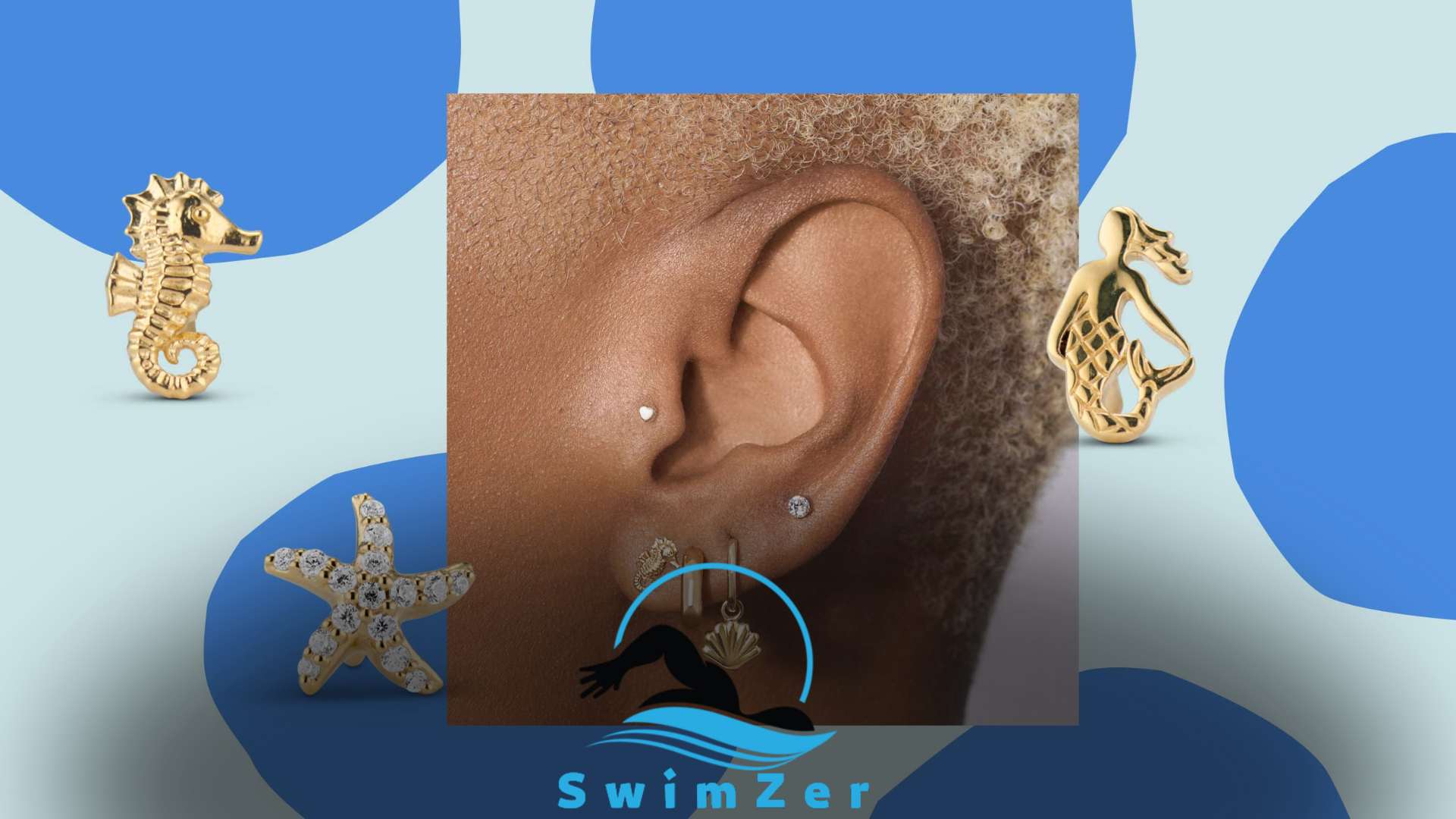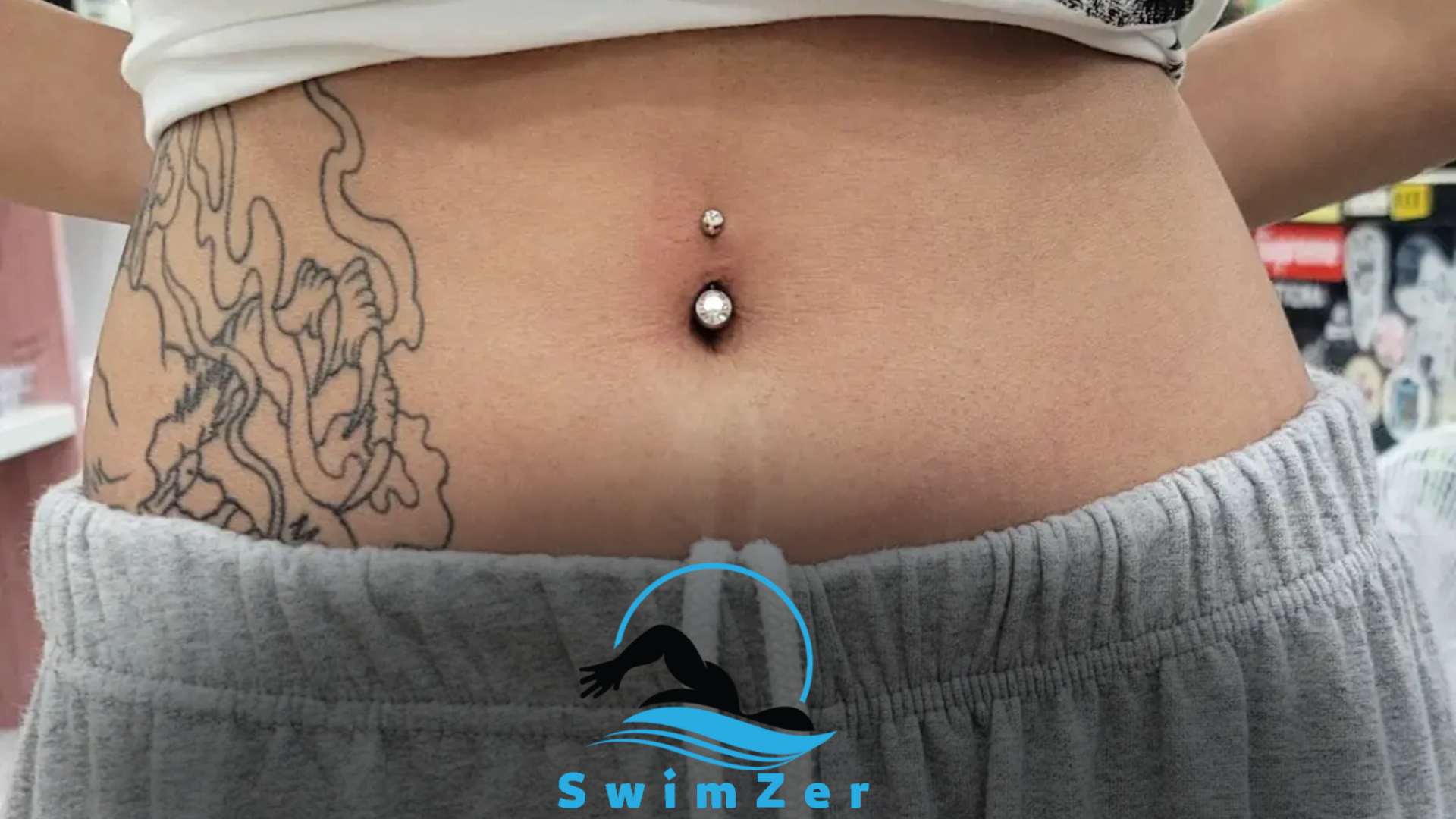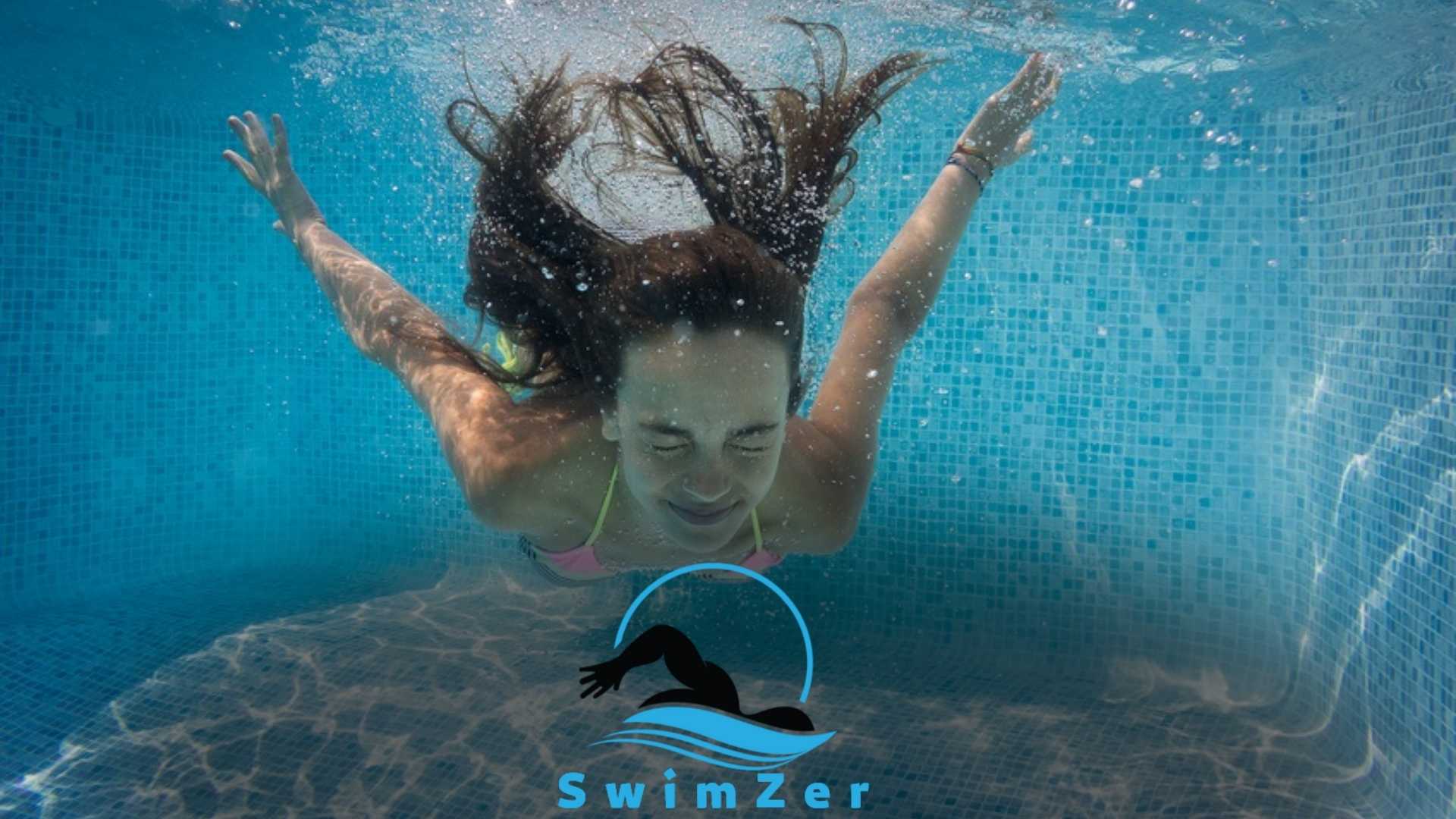Swimming with a wig is possible but not recommended, as the wig may come off or become damaged. Many individuals wear wigs for various reasons, such as hair loss, thinning hair, medical conditions, or changing looks.
However, when it comes to swimming with a wig, there are a few things to consider. Wigs are typically not designed to be worn while swimming and may become damaged or dislodged.
Additionally, chlorine or salt water can cause the wig to lose shape or become tangled, resulting in expensive repairs or replacements.
However, waterproof wigs are available, and wearing a swim cap or securing the wig with bobby pins may help keep it in place while swimming.
In this article, we will explore the factors to consider when swimming with a wig and provide tips for maintaining its condition.
Understanding Wig Materials and Their Water Resistance
Wearing a wig doesn’t mean you can’t enjoy swimming. Unlike human hair, synthetic wigs, specifically those made of kanekalon fibers, can survive underwater.
These fibers are hydrophobic, making them resistant to water. If you own a human hair wig, avoiding swimming with it is best.
But if you need to, you can utilize a swim cap to protect it. As for lace front and full lace wigs, they require special attention when swimming as the adhesive may weaken in water. Wearing a swim cap or a temporary wig bond is best recommended.
Regarding wig caps, there are various types to choose from, such as mesh, nylon, and silk caps. Understanding wig materials and their water resistance will help you decide which is best for your water activities.
Managing hair in the pool can be challenging, especially with artificial hair types. Learn about the precautions and guidelines for swimming with synthetic hair to ensure it remains in good condition.
Preparing Your Wig for Swimming
Swimming is a great exercise but can be daunting with a wig on. Preparing your wig before getting into the water is crucial. The first step is to detangle your hair to prevent it from matting and tangling.
Next, wash it with shampoo and conditioner to remove dirt or oil buildup.
Finally, apply a leave-in conditioner to keep it moisturized and protected from the chlorine in the pool. Following these simple steps, you can swim without worrying about damaging your wig.
So, prepare your wig beforehand to make your swimming experience comfortable and carefree the next time you plan to hit the pool.
Swimming With Your Wig On: Precautions to Take
Swimming with a wig can be challenging but possible with suitable precautions. Chlorine and salt water can damage your wig, so protecting it with a waterproof cap or treatment is essential.
Avoid deep water and strong currents that could dislodge your wig.
You must also secure your wig with clips or tapes to keep it in place while swimming. Remember to be gentle when you dry your wig; pat it with a towel instead of rubbing it.
With these tips, you can enjoy swimming with your wig on without worrying about damaging it.
Hair tinsel adds a shimmering touch to your hair, but is it pool-friendly? Discover the guidelines for swimming with hair tinsel and maintaining its sparkle.
After-Swim Wig Care
After swimming with a wig, it’s essential to rinse it thoroughly with cold water. This prevents any chemicals or saltwater from damaging the wig. Gently comb out any tangles and apply a wig conditioner.
After rinsing the conditioner, pat dry the wig with a soft towel.
Avoid wringing or rubbing the wig, as this may cause damage. Let the wig air dry on a wig stand for best results, keeping it away from direct sunlight and heat sources.
Styling a wig after swimming is simple, and you can follow the same routine as usual.
Keeping the wig well-maintained is crucial to prolong its life and ensure it always looks its best.
Hair extensions add volume and length, but can they withstand the pool? Dive into the dos and don’ts of swimming with hair extensions and how to care for them post-swim.
Alternatives to Swimming With Your Wig On
Swimming with a wig can be a concern for many people. Luckily, there are alternatives available. A swim cap is a popular option to keep wigs in place while swimming.
Waterproof wigs are available for those who want a wig specifically designed for swimming.
Going wig-free while swimming is also an option if wigs aren’t necessary. With these alternatives in mind, swimming can be enjoyable without any worries about your hairpiece.
Frequently Asked Questions
Can I Swim With a Wig On?
Yes, you can swim with a wig on. However, it is recommended that you wear a specially designed swim wig made with waterproof material that won’t be affected by chlorine or saltwater.
How Do I Protect My Wig in the Pool?
To protect your wig in the pool, wear a swim cap over it or use a specially designed swim wig. After swimming, rinse your wig with clean water and apply a leave-in conditioner to moisturize it.
What Type of Wig is Suitable for Swimming?
A specially designed swim wig made with waterproof material is the most suitable for swimming. These wigs are made with a stretchy cap that fits snugly on the head and won’t come off while swimming.
Can Chlorine Damage My Wig?
Yes, chlorine can damage your wig by drying it out and causing it to become brittle and prone to tangling. It’s recommended that you wash your wig thoroughly with a wig shampoo after swimming in a chlorinated pool.
How Do I Care for My Wig After Swimming?
After swimming, rinse your wig with clean water and gently brush it with a wig brush to remove tangles. Apply a leave-in conditioner to keep it moisturized, and store it on a wig stand to maintain its shape until it’s ready to be worn again.
Conclusion
Ultimately, whether you can swim with a wig depends on the type of wig you have and your level of comfort. Lace front wigs are more secure and suited for prolonged water exposure, while synthetic wigs may not hold up.
Taking proper care of your wig before and after swimming is crucial to maintain its quality and avoid damage. A swimming cap can also help keep your wig in place and protect it from chlorine or saltwater.
Ultimately, the choice is up to you and what you feel most comfortable with. Remember to take precautions and proper care; you can swim confidently with your wig.
With these tips, you can hit the beach, enjoy watersports, or swim in the pool with your beloved wig on while feeling at ease.




